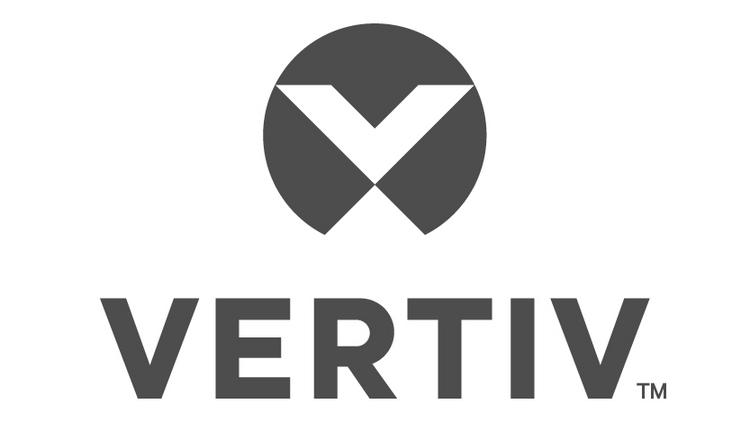To keep pace with this changing world, companies in the Latin American region must develop and execute digital transformation strategies that allow them to implement a flexible, intelligent and future-ready infrastructure, ensuring a continuous and optimized operation.
Columbus, Ohio [January 2018] – The Edge of the Network continues to be the epicenter of innovations in the data center space as 2019 approaches: activities have focused on greater intelligence designed to simplify operations, enable administration and remote service and close a skills gap that is becoming increasingly wide. This growing sophistication of the Edge of the Network is among the trends of data centers that can be expected for 2019, according to what Vertiv experts around the world identified.
“The current Edge of the Network plays a critical role in the operation of the data center and the network, as well as in the delivery of important services for the consumer,” said Vertiv CEO Rob Johnson. “This is a dramatic and fundamental change in the way we think about computer science and data management. Therefore, it should not surprise us that the activity in the data center space in 2019 will focus directly on the innovation of the Edge of the Network. ”
1. Network Edge Simplification: A smarter, simpler and more self-sufficient Network Edge converges with broader industry and consumer trends, including the Internet of Things (IOT) and the impending implementation of networks 5G, to boost powerful and low-latency computing closer to the end-user.
For many businesses, the Edge of the Network has become the most critical part of their digital ecosystem. Intelligent infrastructure systems with machine learning capabilities that work in conjunction with cloud-based analytical information are fundamentally changing the way we think about applications at the edge of the network and services at the Edge of the Network. The result will be a more robust and efficient Network Edge, with better visibility and automatic recovery capabilities, so it will require limited active administration.
To keep pace with this changing world, companies in the Latin American region must develop and execute digital transformation strategies that allow them to implement a flexible, intelligent and future-ready infrastructure, ensuring a continuous and optimized operation.
2. Workforce Revolution: Workforce near retirement and overdue training programs in relation to data centers and the evolution of the Network Edge are creating personnel challenges for data centers around the world. This will trigger parallel actions in 2019. First, organizations will begin to change the way they hire data center staff, moving away from traditional training programs and starting to implement more agile specific work instructions with a focus on the Edge of the Network. There will be more training in the offices. Second, businesses will turn to intelligent systems and machine learning to simplify operations, preserve institutional knowledge and enable more predictive and efficient service and maintenance.
3. More intelligent and efficient UPS systems: The new battery alternatives will provide opportunities for the wider adoption of UPS systems capable of making more sophisticated interactions with the network. In the short term, this will manifest itself in load management characteristics and leveling of voltage spikes. We will eventually see organizations that will use some of the energy stored in their UPS system to help the power supply to operate the power grid. Static storage of all that energy has long been considered a potential income generator. We are approaching widespread applications.
4. Search for standardization: Data centers, even in the modular and prefabricated design stage, are still very complex to expect a complete standardization of the equipment. However, there is an interest on two fronts: in the standardization of equipment components and in the standardization of all data center constructions. This last front is manifested in the use of consistent architectures and types of equipment, with regional differences, to maintain simple systems and low costs. In both cases, the objective is to reduce equipment costs, shorten delivery and installation deadlines, and simplify service and maintenance.
5. High power and advanced cooling processors: As the use rates of the processors to run advanced applications such as facial recognition or advanced data analytics increase, high power processors generate the need to address thermal management in an innovative way. Liquid and direct cooling in the chip, which means that the processor or other components are partially or completely immersed in a liquid for heat dissipation, is becoming a viable solution.
Although generally used in high-performance computing configurations, the benefits – which include better server performance, greater efficiency at high densities and lower cooling costs – justify its consideration for additional uses.
- Related: Vertiv appoints Tech Data as the authorized distributor of convergent solutions in Latin America
Another area of innovation in thermal management is extreme cooling without water, which is an alternative to traditional ice water increasingly popular.
About Vertiv
Vertiv offers continuous hardware, software, analysis, and services to ensure that the vital applications of its customers have an uninterrupted operation, optimal performance, and growth according to the needs of your business. Vertiv solves the most important challenges facing today’s data centers, communications networks, and industrial and commercial facilities, through a portfolio of IT infrastructure, cooling, and power infrastructure solutions and services, which It extends from the cloud to the edge of the network.
With its headquarters located in Columbus, Ohio, USA. In the USA, Vertiv employs about 20,000 workers and carries out its activities in more than 130 countries.





